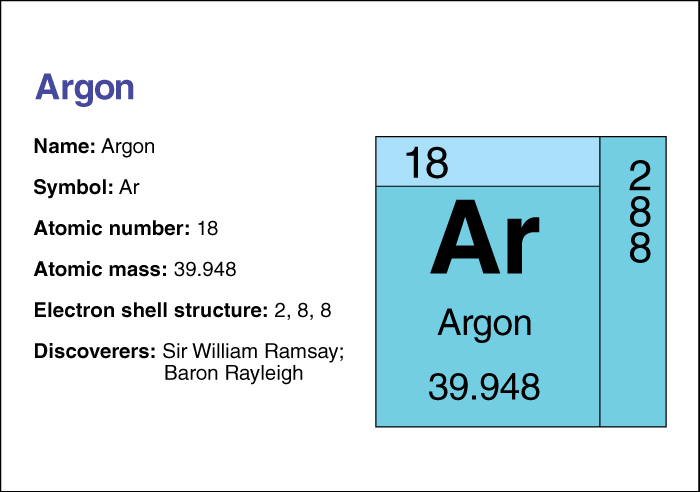Rayleigh, << RAY lee, >> Lord (1842-1919), an English physicist, made many important discoveries in a wide variety of fields. He received the Nobel Prize in physics in 1904 for studying the density of gases and for discovering and isolating the element argon.

Rayleigh worked in many fields, initially concentrating on mathematics and later looking at almost the whole range of physics. His research included studies of sound, wave theory, color vision, electrodynamics (the study of electric currents), electromagnetism, light scattering, and the density of gases. He also studied viscosity (the resistance of a liquid to changing its shape), capillarity (the movement of the surface of a liquid, caused by surface tension), elasticity, and photography. His work led to the setting up of standards for the measurement of current, electromotive force, and resistance.
John William Strutt was born in Essex, England, and graduated in mathematics from Cambridge University in 1865. He became Baron Rayleigh when he inherited the title in 1873. In 1873, Rayleigh became a fellow of the Royal Society, one of the world’s leading scientific organizations. He served as its president from 1905 to 1908.
